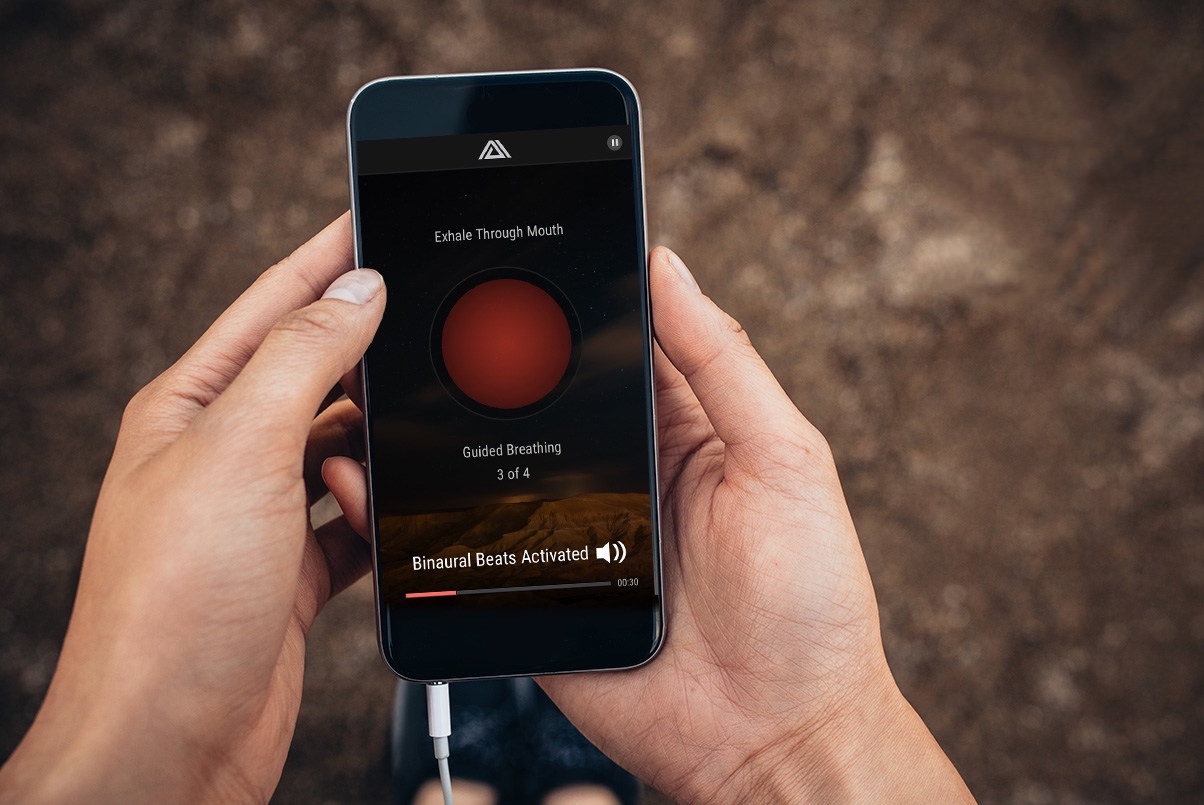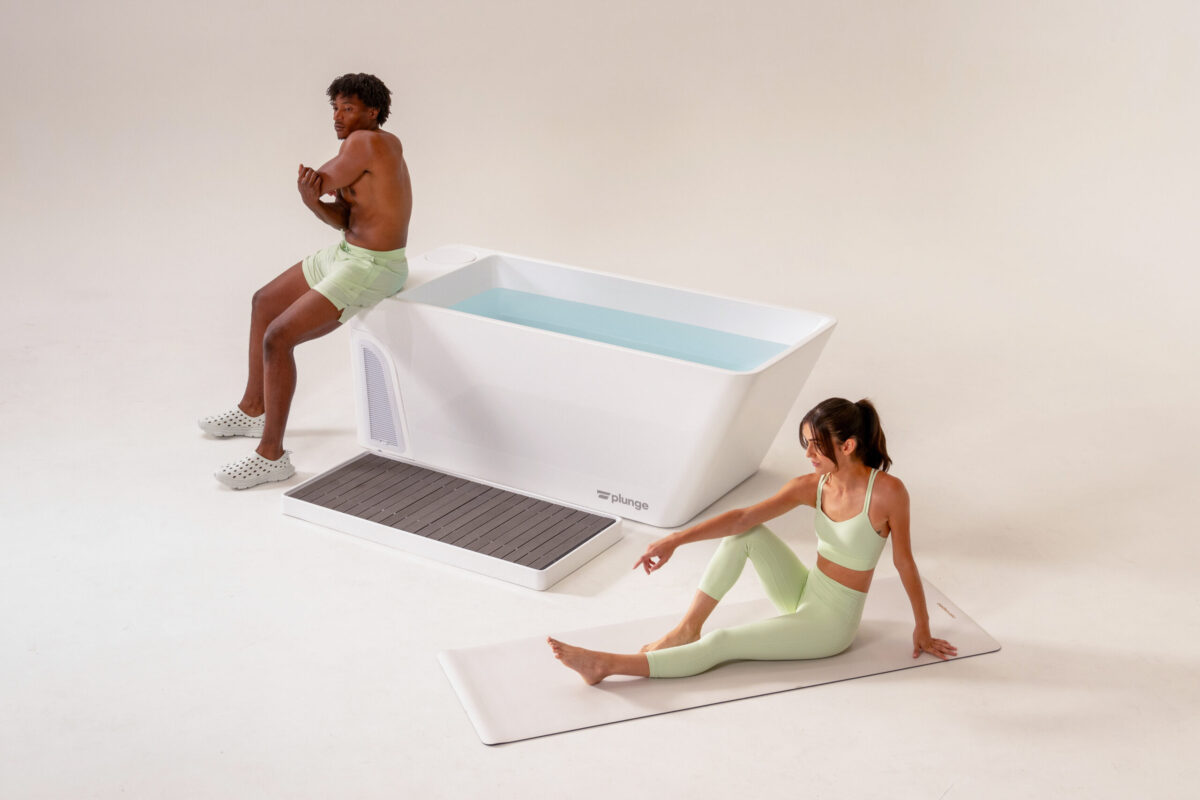Startup Q&A is an interview series showcasing early-stage health, fitness, and wellness companies.
In this Q&A, Rewire Fitness co-founder and CEO Sun Sachs speaks to building cognitive resilience for athletic endeavors by holistically tracking mental recovery and physical readiness. We also discuss the market for “committed athletes” and Rewire’s emergence from beta after recent funding from Under Armour, 25madison, and more.
Can you tell us about what you’re working on at Rewire Fitness?
Sun Sachs: The reality is that everyone knows that the mental game is incredibly important to athletic performance, and yet there is no collective insight or common knowledge that is accessible to the average athlete outside of the laboratory or elite sports. This is why we founded Rewire—to bring these elite tools and techniques to the everyday athlete with the goal of helping them reach their athletic potential.
As a human performance company, we focus on providing evidence-based solutions for building mental resilience, improving mind-body recovery, and holistically tracking an athlete’s readiness to perform. We do this through three pillars: Train, Diagnose, and Recover.
To Train, we have a novel solution for audio- and visual-based brain training to help athletes build more cognitive resilience in a variety of sports training scenarios—whether it’s using our hardware or accessing pre- or post-workout via our mobile app.
We have a holistic readiness tracker that incorporates physical, emotional, and cognitive measures from both third-party and natively captured data sources in order to more accurately Diagnose an athlete’s readiness to perform each day.
The final piece, Recover, provides a mind-body solution and recommendation engine that has a similar efficacy to meditation. Ours goes a step further by offering subjective and objective metrics along with active and passive modes to easily fit into an athlete’s time-crunched lifestyle.
How did you come up with the idea? What key insight led you to pursue this opportunity?
SS: Since founding the company three years ago with my other co-founders, who all have a background in sport, we’ve spoken to a lot of athletes from professionals to weekend warriors and everyone in between.
We always ask athletes a simple question: “What percentage of your performance can be attributed to mental and how much to physical?” Depending on the sport, the typical answer skews 50–95% mental. If we follow up to ask how much time the athlete spends training their mind, there’s usually an awkward silence that follows.
As a former elite cyclist, lifelong endurance athlete, and self-described performance geek, I had been aware of the science around building more cognitive resilience as a way of improving athletic performance. I had been waiting for a commercial version of the science to come to market for four-plus years, and then one day, when I was on the bike trainer, I had an epiphany for how it could be done.
With my 25 years in software and hardware development, I was able to build a prototype in a few weeks with Cody Rotwein (my first co-founder), started beta testing, filed a patent, and added two more amazing co-founders, Rizala Carrington and Ed Gibbins. The rest is history.
How did you turn your idea into a company?
SS: We bootstrapped the company for the first 1.5 years, then decided to raise capital. We did this during the pandemic, which was quite challenging at first. However, we all witnessed a bit of a seed change as connected fitness started to boom beyond previous heights and other trends around mindset for athletes came to the forefront with brands like Nike, Under Armour, Hyperice, and others.
We ended up getting major investments from Under Armour, consumer tech-focused venture studio 25madison, NBA All-Star athlete Kyle Korver, and other notable VCs in our initial pre-seed.
We just launched the product on Sept 13 and are seeing very positive signals from athletes, at all levels, around the world who are signing up for our trial and sharing Rewire with their friends.
How big can this get? What’s the addressable market, and how do you go about capturing it?
SS: Our initial go-to-market audience is focused on endurance athletes (runners, triathletes, and cyclists), which by Strava’s measure is 70M+ athletes.
That said, in our view, our TAM is much bigger than this with the potential to reach a variety of different cohorts worldwide, including athletes within other sports like golf, tennis, CrossFit, swimming, etc.—as well as NFHS, NCAA, and non-athlete populations like corporate employees and the general population.
These are longer-term plans, but given the scope of the health and wellness issues we face as a society, we’re excited about the opportunity to offer solutions for managing stress, improving productivity, and tracking a variety of health and wellness metrics already supported within our system for athletes.
Who is the core customer? How are you acquiring customers?
SS: Currently, our core customers are amateur athletes that spend their spare time and disposable income working hard to get better each week. Strava calls these types of users “committed athletes,” and they’ve proven that this population is much bigger than everyone initially thought.
As a direct-to-consumer business, we’re driving most of our acquisition via the typical channels like social media advertising, user referrals, influencer networks, affiliate programs, original content via SEO, online webinars, newsletters, etc. We’re also exploring other longer-term opportunities for growth, including partnering with recovery-focused training studios and operators, programs for coaches and teams, athlete sponsorships, and more.
Looking at your road map, what are some of the milestones you’re targeting over the next 3–6 months?
SS: Our initial product offering is app-based, i.e., software only. However, we’ve been incubating a unique patent-pending neuro training device that will enable our product to be used with a variety of different sports equipment, from rowers to bike trainers to treadmills to many connected fitness products.
We plan to start the pre-order this year with a projected rollout date in Q2 2022. We think this will be a significant opportunity accentuated by the pandemic, as many consumers are feeling the fatigue and boredom with their existing sports equipment.
Based on the beta testing that we’ve done over the past 12 months, athletes tell us that our neuro-buttons add another dimension to their workouts — one that is fun, challenging, and engaging.
Anything else you’d like to share with readers?
SS: We’re still an early-stage and nimble company, so if anyone is interested in discussing opportunities to work with us, please feel free to reach out at: partner@rewirefitnessapp.com or via our website.



